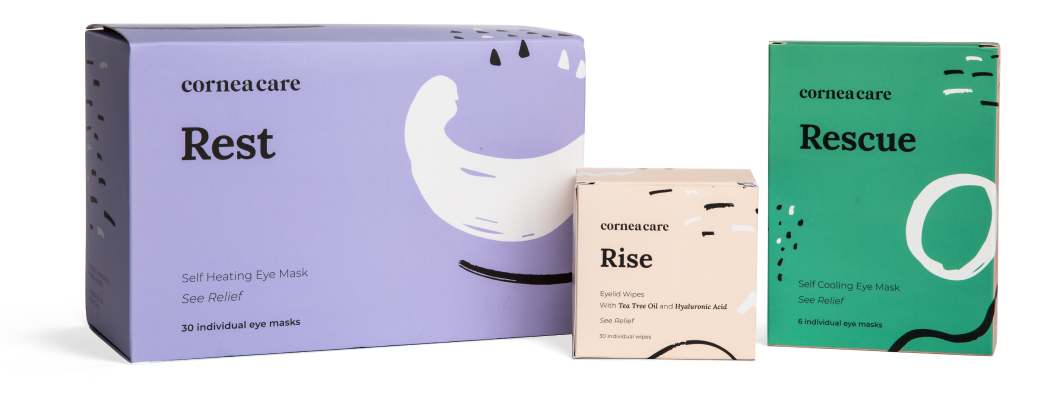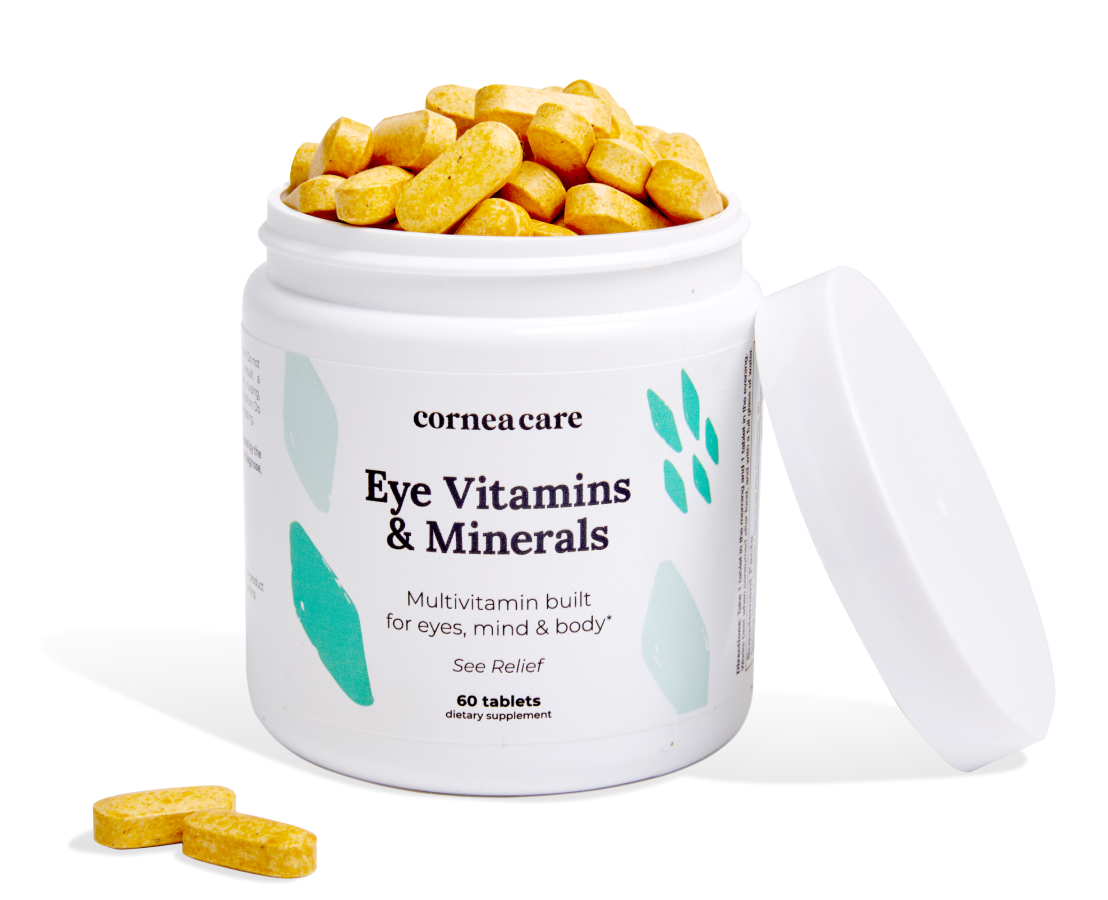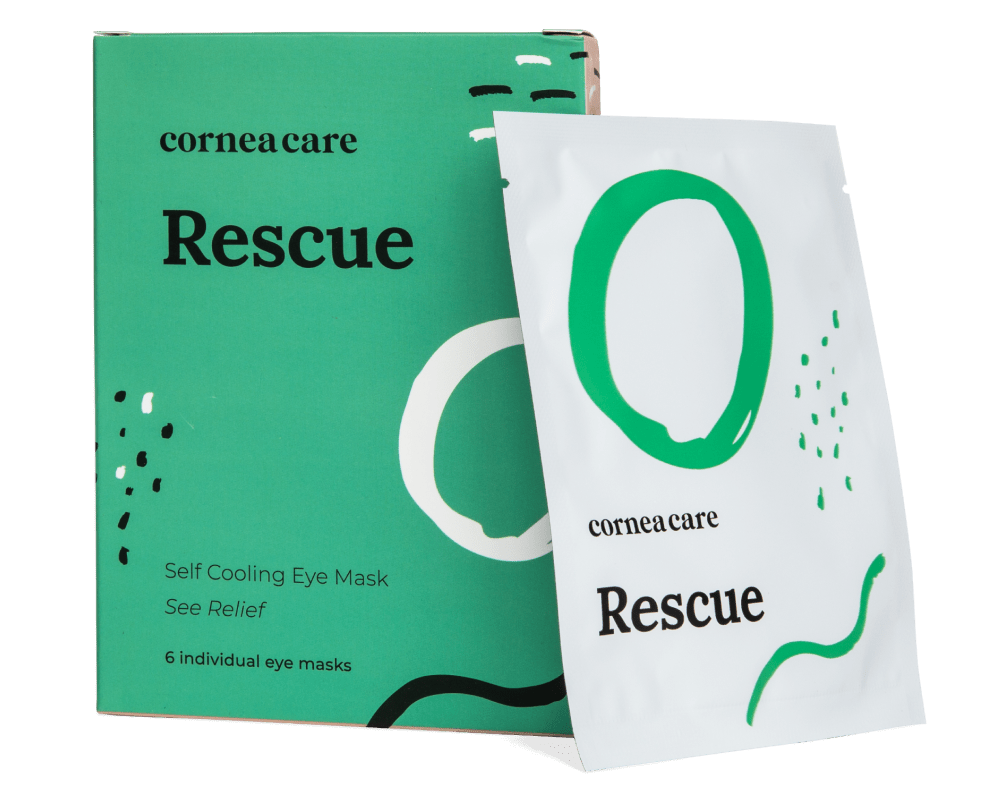When Your Eyes Are Uneven
Many people notice asymmetry in their facial features, especially when it comes to their eyes. If you’ve ever wondered why one eye might appear bigger than the other, you’re not alone.
Eye asymmetry is quite common and can be attributed to a variety of factors. This article explores the causes, implications, and potential treatments for having asymmetrical eyes.
Key Points
- Asymmetrical eyes are common and normal, reflecting natural facial variations rather than abnormalities.
- The causes of eye asymmetry range from genetics to medical conditions like ptosis or tumors.
- When treatment is needed, options include non-surgical methods such as specialized eyewear and surgical procedures like blepharoplasty to correct drooping eyelids.
Understanding Eye Asymmetry
Having asymmetrical eyes is a common and normal part of human appearance. Most people have slight differences between their eyes and other facial features, and perfectly symmetrical faces are very rare.1 While you might notice these differences when you look in the mirror, they’re usually not obvious to others.
There are various reasons why your eyes might not look perfectly even. These can range from genetic factors to natural changes in the skin as you age, or even minor injuries. Eye asymmetry can show up in different ways, such as one eye appearing larger, higher, or more protruding than the other.1,2
Typically, this kind of asymmetry doesn’t require any treatment. Only in rare cases is it due to an underlying medical condition that might need medical attention.
Let’s explore some of the main reasons you might notice asymmetry in your eyes.
Ptosis
Ptosis, also known as droopy eyelid, is a condition where the upper eyelid droops over the eye. This can cause one eye to look smaller than the other. Ptosis can be congenital (present at birth) or acquired due to aging, injury, smoking, or underlying medical conditions.3
Symptoms of ptosis may include:3
- One eyelid drooping lower than the other
- Difficulty closing the eye completely
- Increased tearing
- Vision impairment if the drooping eyelid covers the pupil
Treatment for ptosis includes non-surgical treatment using special glasses with a crutch to lift the drooping eyelid temporarily. Surgical treatment, like blepharoplasty (eyelid surgery), offers a more permanent solution.3

All Rounder
Eyelid Hygiene Plan 3
Perfect for eye dryness, burning, itching, grittiness, crusting/flaking of eyelashes and inflamed/swollen eyelids. Free shipping 📦.
Try today - $60
Medical Conditions
Various medical conditions can result in one eye appearing different in size from the other. These include thyroid eye disease (Graves’ disease), where inflammation causes the eye to protrude (exophthalmos), or conditions like enophthalmos, where the eye appears sunken.2,4
Graves’ disease is an autoimmune disorder that affects the thyroid and can cause thyroid eye disease. Symptoms include bulging eyes, double vision, and dry eyes. Treatment options include medications, eye drops, and sometimes surgery to relieve pressure on the eyes.4
Tumors in the sinus or orbital area can push the eyeball forward (proptosis) or cause other changes in eye appearance. Other symptoms may include vision changes, pain or discomfort around the eyes, and difficulty moving your eyes.5
Treatment may involve surgical removal of the tumor. In cases where the tumor is malignant, radiation or chemotherapy may be recommended.
Injuries and Surgeries
Injuries to the eye socket or surgeries, such as blepharoplasty, can alter the appearance of the eyes. Blepharoplasty is often performed to correct drooping eyelids or remove excess skin such as bags under the eyes. However, it can also negatively affect symmetry.
Neurological Conditions
Neurological conditions can sometimes cause one eye to look different from the other. Here are a few examples:
- Bell’s palsy: This condition causes sudden weakness or paralysis of the facial muscles on one side, making one eyelid droop and creating noticeable asymmetry.6
- Third nerve palsy: When the third cranial nerve is damaged, it can cause a drooping eyelid and difficulty moving the eye, leading to misalignment and double vision.
- Stroke: A stroke can damage the nerves controlling the face muscles, causing one eye to look different. This often comes with other symptoms like weakness or paralysis on one side of the body.
These conditions should be promptly diagnosed and treated by your healthcare professional.
How to Treat Eye Asymmetry
Treating one eye bigger than the other can involve a variety of options, depending on the underlying cause. It’s important to note that treatment isn’t always necessary, especially if the asymmetry is mild and doesn’t affect vision or overall eye health.
For those seeking improvement, options range from non-surgical methods like medications and specialized eyewear to surgical procedures such as blepharoplasty.

Multivitamin
Eye Vitamins & Minerals
A single multivitamin to address the nutritional needs of your eyes, mind and body. 📦 Free shipping.
Try today - $35
Home Remedies for Uneven Eyes
When swollen or tired eyes are causing the asymmetrical appearance of your eyes, improving your daily eye care and self-care can help. Get more sleep, reduce stress, take regular screen breaks, and fill any nutritional gaps in your diet with a daily multivitamin designed to support your eye health.
For conditions like dry eyes, eye strain, or swelling due to a stye, routine eyelid hygiene, CorneaCare cool or warm compresses, and artificial tears, can provide relief. These treatments help manage symptoms to improve comfort and appearance.
Botox and Fillers
Botulinum toxin (Botox) injections can help correct asymmetry caused by muscle imbalances around the eyes. Botox is used to reduce wrinkles and lift drooping eyelids.7
Fillers can be used to address volume loss, improve symmetry, and smooth out fine lines.
Contact Lenses
Specialized contact lenses can sometimes be used to address vision problems and improve the appearance of eye asymmetry. Corrective lenses can help manage refractive errors, while cosmetic lenses can alter the eye’s appearance by changing its color or masking differences.
Plastic Surgery
Oculoplastic surgery focuses on the eyelids, orbit (eye socket), tear ducts, and the surrounding facial areas. Blepharoplasty is a common procedure to correct droopy eyelids and remove excess skin. This surgery can significantly improve eye symmetry and overall appearance.
Benefits of blepharoplasty:
- Improves vision by lifting drooping eyelids
- Enhances the appearance of the eyes
- Reduces puffiness and bags under the eyes
The risks include potential complications such as infection, dry eyes, or temporary changes in eyelid sensation.
Corrective Eye Surgery
In cases where vision problems contribute to asymmetry, corrective eye surgery such as LASIK may be considered. LASIK is used to correct refractive errors such as nearsightedness, farsightedness, and astigmatism by reshaping the cornea to improve vision.
PRK serves as an alternative to LASIK for individuals with thinner corneas, offering similar vision correction by removing the outer layer of the cornea and reshaping the underlying tissue.

Rescue
Cold Compresses
Perfect for sudden flare-ups of eye dryness, pain, burning, and swollen/inflamed eyelids. Free shipping 📦.
Try today - $12
Cosmetic Solutions
If you’d like to improve your appearance without surgery, makeup artists can use techniques to create the illusion of symmetrical eyes. You can learn to apply eyeliner, eyeshadow, and mascara strategically to help balance out the uneven appearance of your eyes.
Makeup tips for asymmetrical eyes:
- Use eyeliner to create the appearance of even eyelids
- Apply lighter eyeshadow to the smaller eye to make it appear larger
- Use mascara to add volume to both eyelashes, focusing more on the smaller one
When to See a Doctor
If you notice sudden changes in your eye appearance, experience vision problems, or have persistent discomfort, it’s important to consult with a healthcare professional. Conditions like anisocoria (unequal pupil sizes) or severe asymmetry could indicate more serious issues.
Regular visits to your eye doctor (optometrist or ophthalmologist) can help catch any problems early. Eye exams can assess for conditions like glaucoma, cataracts, and other issues that might affect eye symmetry.
One Eye Bigger than the Other FAQ
One of your eyes might look bigger for several reasons. These can include a droopy eyelid (ptosis), thyroid eye disease like Graves’ disease, or other medical conditions such as sinus or orbital tumors. Swelling or inflammation in the muscles or tissues around the eye can also cause this. Additionally, facial asymmetry, which is common and usually harmless, can become more noticeable with age or after an injury.
Yes, it’s normal for one eye to look a bit bigger than the other. Most people have some natural facial asymmetry. This difference can become more noticeable with age, muscle weakness, or slight differences in the bones around the eyes. However, if the asymmetry appears suddenly or comes with other symptoms like pain, vision changes, or drooping, you should see your doctor to check for any health issues.
Fixing an eye that looks smaller depends on the cause. Non-surgical options include Botox or fillers to balance muscles and volume around the eyes. For bigger differences, surgery like blepharoplasty can correct drooping eyelids or remove extra skin. If the asymmetry is due to a condition like ptosis or thyroid eye disease, treating that condition with medication or therapies may help. Consult an eye doctor or an oculoplastic surgeon for a tailored treatment plan.
Putting It All Together
Having one eye bigger than the other is common and can happen for many reasons, from natural facial variations to medical conditions. Knowing the possible causes and when to see a doctor can help you manage it effectively.
There are many ways to address eye asymmetry, including non-surgical treatments, surgery, or simple cosmetic techniques. Regular eye care and visits to your eye doctor are essential for keeping your eyes healthy and balanced.
What’s Next
Protect your vision for life with more posts on the Eye Health & Wellness blog now!



